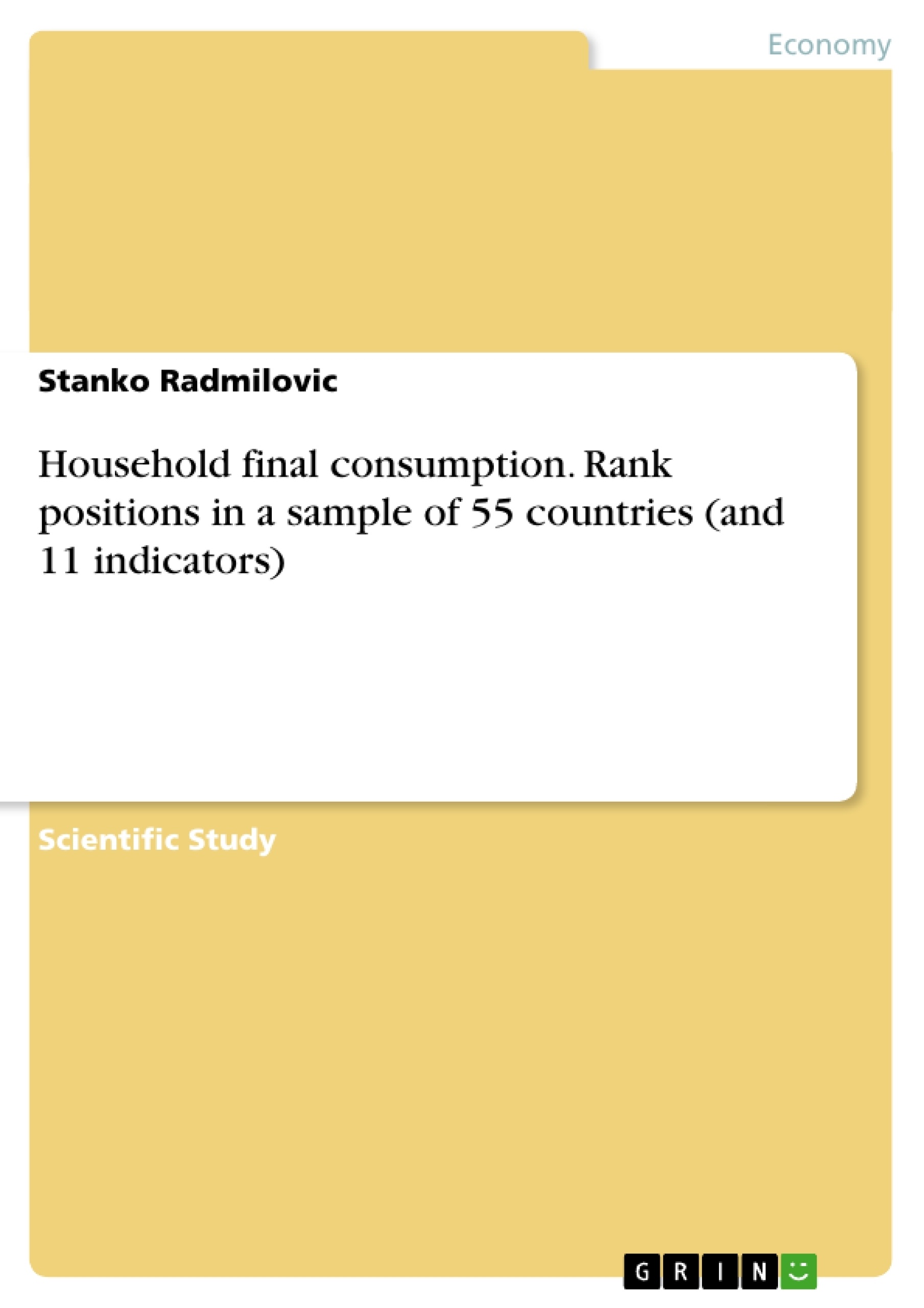Macroeconomic category "Household final consumption expenditure, etc." essentially (and in simplified terms) is part of GDP, which is (in one way or another) extracted from the real sector of the economy. It is clear that he does not spend the whole finally and promptly. The reasons are both economic and technical, and here we can not go into detailed explanation. There is important to highlight two other important implications: (1) This means that the gross domestic savings (accumulation) is not only the primary form of retained profits in the real economy (in mikrokonomskm entities), but also (2) that extracted portion of GDP (the part that is not consumed promptly) outside the sector of the real economy, secondarily formed (included in) the gross domestic savings (accumulation). This opens up the possibility, moreover, necessity of known traditional function of time (term), space and special purpose transformation part of GDP extracted from the real sector of economy.
Inhaltsverzeichnis (Table of Contents)
- Household final consumption - Rank positions in a sample of 55 countries (and 11 indicators)
- Data source for making / processing of these indicators and explanation of the categories in a call. 3-13, see the foot of the table
- GDP growth (annual %)
- Agriculture, value added (% of GDP)
- Industry, value added (% of GDP)
- Services, etc., value added (% of GDP)
- General government final consumption expenditure (annual % growth)
- Household final consumption expenditure, etc. (% of GDP)
- Gross capital formation (% of GDP)
- External balance on goods and services (% of GDP)
- CAPITAL COEFFICIENT
- Foreign direct investment, net inflows (% of GDP)
Zielsetzung und Themenschwerpunkte (Objectives and Key Themes)
This article aims to analyze the ranking positions of household final consumption expenditure across a sample of 55 countries, using 11 relevant indicators. The analysis focuses on identifying key trends and relationships within the data, shedding light on the factors that influence household consumption patterns in different countries.
- Household final consumption expenditure as a component of GDP
- The relationship between household consumption and gross domestic savings
- The impact of financial liberalization and globalization on domestic savings flows
- The role of foreign banking entities in shaping household consumption patterns
- Comparative analysis of household consumption rankings across different countries
Zusammenfassung der Kapitel (Chapter Summaries)
The article opens with a brief explanation of the macroeconomic category "Household final consumption expenditure" as a component of GDP, highlighting its connection to domestic savings and the real sector of the economy. It then examines the evolution of domestic savings flows, particularly in countries with underdeveloped financial systems and significant foreign bank presence. The article concludes with a detailed table summarizing the ranking positions of 55 countries based on 11 indicators, including GDP growth, value added in various sectors, and gross capital formation. This table provides valuable insights into the comparative performance of different countries in terms of household consumption and related economic variables.
Schlüsselwörter (Keywords)
Household final consumption expenditure, GDP, gross domestic savings, financial liberalization, financial globalization, foreign banking entities, comparative analysis, economic indicators, ranking positions.
- Quote paper
- Professor Dr Stanko Radmilovic (Author), 2013, Household final consumption. Rank positions in a sample of 55 countries (and 11 indicators), Munich, GRIN Verlag, https://www.grin.com/document/267537



